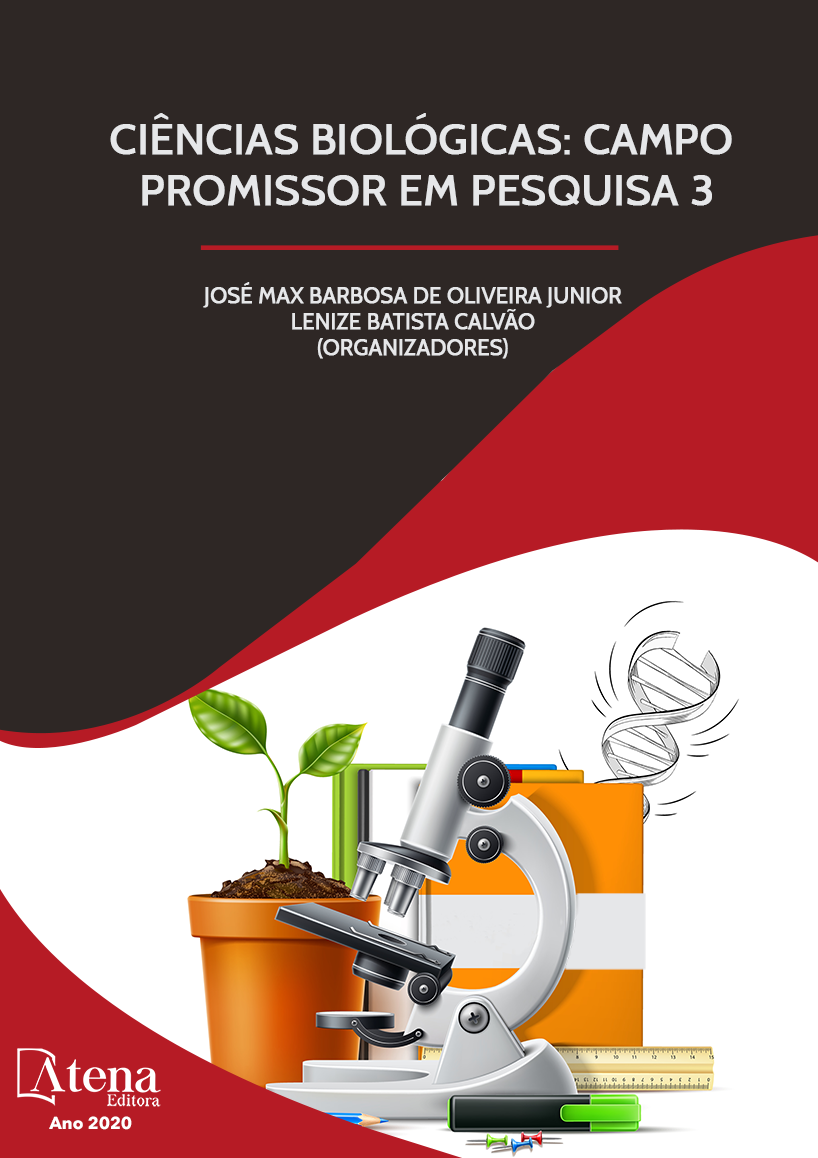
MUTUALISMO ENTRE A MACROALGA Chara vulgaris Linnaeus 1753 e a MACRÓFITA AQUÁTICA Lemna cf. valdiviana Phil, NA ÉPOCA DA ENCHENTE, MÂNCIO LIMA, ACRE
Mutualismo é um tipo de relação simbiótica essencial, em que ambos os organismos se beneficiam na relação. Em uma propriedade rural localizada na Comunidade São Pedro em Mâncio Lima, Acre (7o42’11.9”S 72o46’22.7”W), em um reservatório de água que depois de esvaziado e enchido completamente e recebido 400 (quatrocentos) tambaquis (Colossoma macropomum), estabeleceu-se nele, o habitat de duas comunidades de produtores Chara vulgaris e Lemna cf. valdiviana, que têm uma relação inter-específica. Foram também analisados dados meteorológicos, como temperatura, umidade, pluviometria e radiação solar, observando a diferença entre duas épocas sazonais, considerando um período de 30 (trinta) dias, para temperatura, umidade, radiação e precipitação. Observou-se na época da enchente que, o reservatório continha uma extensa massa da macrófita Lemna cf. valdiviana, considerada como responsável pela produtividade biológica do ambiente, que pareceu ser extremamente vulnerável aos impactos da poluição ocasionada pelo material inorgânico oriundo da suinocultura e bovinocultura, cujos dejetos são arrastados pela erosão dos solos e carregados pelas chuvas.. Concluiu-se que, os indivíduos de Lemna cf. valdiviana não se desenvolveram na época da vazante, mas somente na enchente onde houve muita luz solar, possibilitando o desenvolvimento da macroalga Chara vulgaris que pareceu ser sensível à alta intensidade solar, que foi moderada pela presença da macrófita.
MUTUALISMO ENTRE A MACROALGA Chara vulgaris Linnaeus 1753 e a MACRÓFITA AQUÁTICA Lemna cf. valdiviana Phil, NA ÉPOCA DA ENCHENTE, MÂNCIO LIMA, ACRE
-
DOI: 10.22533/at.ed.25720160122
-
Palavras-chave: Luz solar; reservatório; simbiose
-
Keywords: Sunlight; Reservoir; symbiosis
-
Abstract:
Mutualism is a kind of essential symbiotic relationship, in which both organisms benefit from the relationship. In this work, it was established a habitat community of Chara vulgaris and Lemna cf. valdiviana, which present an interspecies relationship, in a reservoir of water that, after emptied and filled completely, received 400 (four hundred) Tambaquis (Colossoma macropomum). The experiment was carried out at a rural property located in the Community São Pedro, in Mâncio Lima, Acre, 7o42 ' 11.9 "S 72o46 ' 22.7" W (Brazil). Meteorological data such as temperature, humidity, rainfall, and solar radiation were also analyzed, observing the difference between two seasonal seasons, considering a period of 30 (thirty) days. It was observed at the time of the flood that the reservoir contained an extensive mass of the macrophyte Lemna cf. valdiviana, considered responsible for the biological productivity of the environment, which appeared to be extremely vulnerable to the impacts of pollution caused by inorganic material originating from swine and bovine farming, whose waste is dragged by soil erosion and laden by rainfall. Temperature, humidity, radiation, and precipitation showed no statistical differences between the flooding and the ebb time. It was concluded that the individuals of Lemna cf. valdiviana did not develop at the time of the ebb, but only in the flood time, where there was high incidence of sunlight, allowing the development of the macroalga Chara vulgaris that appeared to be sensitive to high solar intensity, which was moderated by the presence of the macrophyte.
-
Número de páginas: 12
- Jocilene Braga dos Santos
- João Lucas Correa de Souza
- Erlei Cassiano Keppeler


